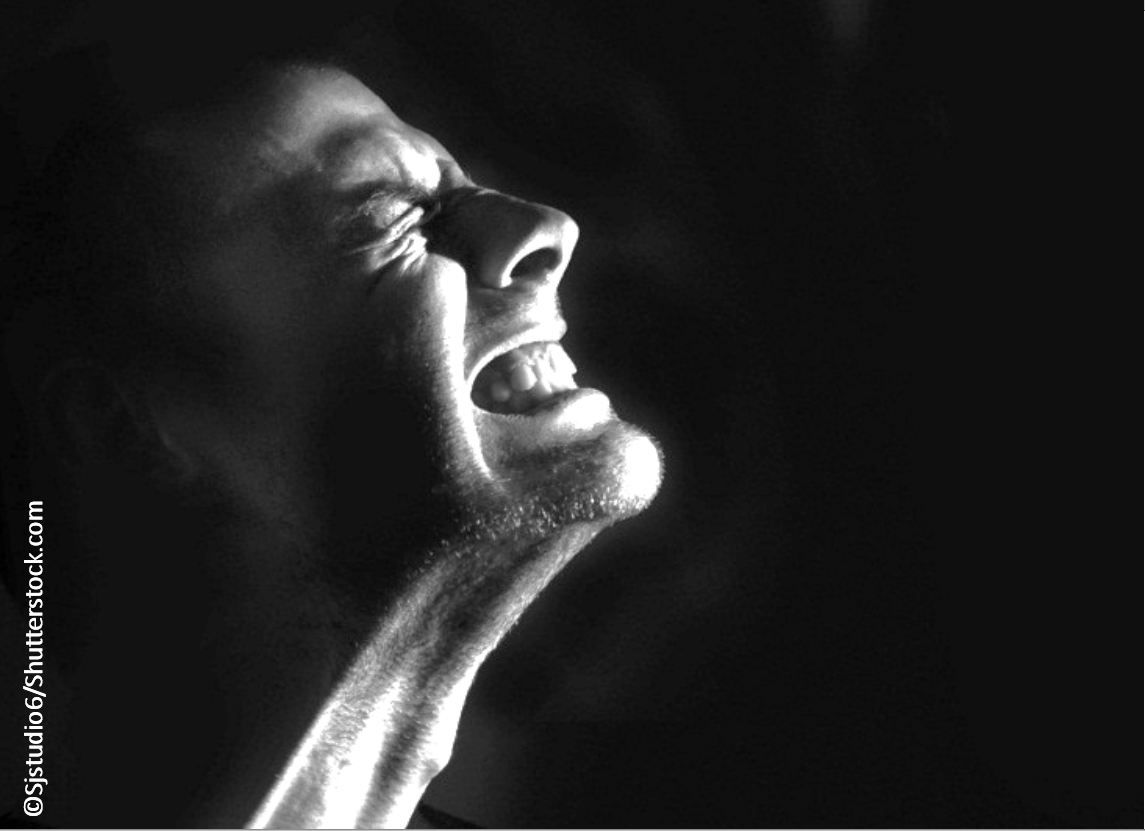- Clinical Technology
- Adult Immunization
- Hepatology
- Pediatric Immunization
- Screening
- Psychiatry
- Allergy
- Women's Health
- Cardiology
- Pediatrics
- Dermatology
- Endocrinology
- Pain Management
- Gastroenterology
- Infectious Disease
- Obesity Medicine
- Rheumatology
- Nephrology
- Neurology
- Pulmonology
"Electroceuticals" Touted as Non-Opioid, Non-Drug Alternative for Pain
News from PAINWeek 2018: Electroceuticals could replace opioids in the treatment of chronic pain.
©Sjstudio6/Shutterstock.com

In an opening session presentation at PAINWeek 2018 in Las Vegas, Nevada, September 4-8, 2018, titled, "Electroceuticals: The Future of Interventional Pain Management?” the case was made for applying neuromodulation as a non-opioid and opioid-sparing intervention for chronic pain.
“Since the Roman Empire, electricity has been used in the field of medicine for treating pain,” indicated Sean Li, MD, Regional Medical Director and Partner, Premier Pain Centers, East Brunswick, New Jersey. “In the era of modern medicine, the field of neuromodulation has entered its renaissance with introduction of novel wave forms such as HF-SCS (high frequency spinal cord stimulation) at 10 kHz, burst closed loop, and noninvasive vagal nerve stimulation.
“This ripple effect has provided chronic pain patients with additional treatment options and challenged our current understanding of neurostimulation,” Li advised the session attendees.
That sentiment is increasingly expressed by those familiar with the technology, as reflected by a recent commentary in the journal Neuromodulation by Editor-in-Chief Robert Levy, MD, PhD. “With proven far better outcomes and profoundly fewer serious complications, neurostimulation, and not chronic opioids, is becoming a no brainer,” Levy wrote.
In a presentation later in PAINWeek, Li reported on a prospective trial that he conducted with colleagues to assess HF-SCS at 10 kHz in the treatment of chronic, intractable pain from peripheral polyneuropathy (PPN). They enrolled 26 subjects with chronic, intractable pain from PPN affecting an upper or lower limb. The average pain at baseline reported on a 0- to 10-cm visual analog scale was 8.2 ± 1.0 cm.
The subjects were implanted with 2 epidural leads spanning C2-C6 vertebral bodies for upper limb pain or T8-T11 for lower limb pain. After successful trial stimulation, each was implanted with a proprietary HF-SCS at 10kHz delivery device (Senza, Nevro), developed to produce spinal cord stimulation without paresthesia.
Three months after the implantation, the average VAS score was reduced to 1.8 ± 1.0 cm with a 78% responder rate, and at 6 months the average VAS score was 2.7 ± 2.3 cm with a 76% responder rate. Secondary efficacy measures included decreased disability, reflected in a reduction in the Pain Disability Index from 38.7 ± 17.1 at baseline to 19.1 ± 16.3 at 6 months, and improvements in neurological assessments of sensory, motor, and/or reflexes.
“HF-SCS at 10 kHz resulted in clinically meaningful improvements in pain scores, disability, and interference measures that were sustained over long-term follow-up with concomitant improvement in subjects' neurological status,” Li and colleagues reported.
The results of 2 other studies with HF-SCS at 10 kHz were reported during PAINWeek. In a prospective, post-market, observational study of the device for chronic pain of the upper extremities, with lead author Abram Burgher, MD, Hope Research Institute, Phoenix, Arizona, 37 subjects completed a 12-month assessment period.
Response was defined as ≥50% pain reduction from baseline. Burgher and colleagues reported that responder rates at 3 months after device activation for upper limb, shoulder, and neck pain were 82.8%, 76.0% and 68.2%, respectively. Secondary efficacy measures were also achieved, with clinically significant reduction in disability and improvement in functioning and sleep.
A prospective clinical trial of the HF-SCS at 10 kHz in 51 subjects with chronic upper limb and neck pain was reported by lead author Kasra Amidelfan, MD, IPM Medical Group Inc., Walnut Creek, California and colleagues. The investigators indicated that 46 subjects demonstrated ≥40% reduction in pain from a trial stimulation and received a permanent implant. After a 12-month follow-up, 90% of patients in both the upper limb and neck pain groups met responder criteria.
A third study is underway with patients experiencing limb pain from diabetic neuropathy. A description of the protocol was provided by lead author Charles Argoff, MD, Albany Medical Center, New York and colleagues. In this prospective, controlled study, 216 subjects will be randomized 1:1 to receive HF-SCS at 10 kHz combined with conventional medical management (CMM), or CMM alone.
The investigators characterized the study as, “the largest randomized controlled trial conducted using spinal cord stimulation in subjects with painful diabetic neuropathy.” This prospective, multicenter study will determine, Argoff and colleagues indicate, “whether HF-SCS at 10 kHz improves clinical outcomes, health-related quality of life, and is a cost-effective treatment for painful diabetic neuropathy.”
